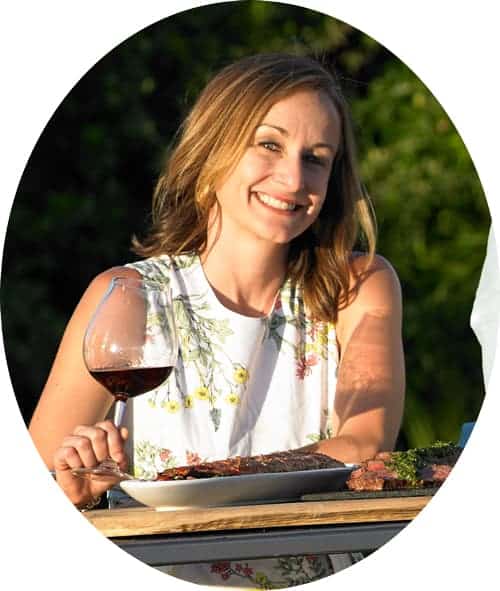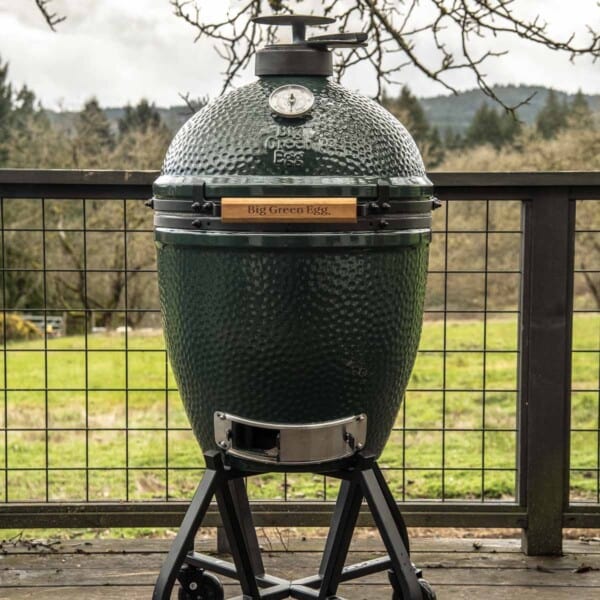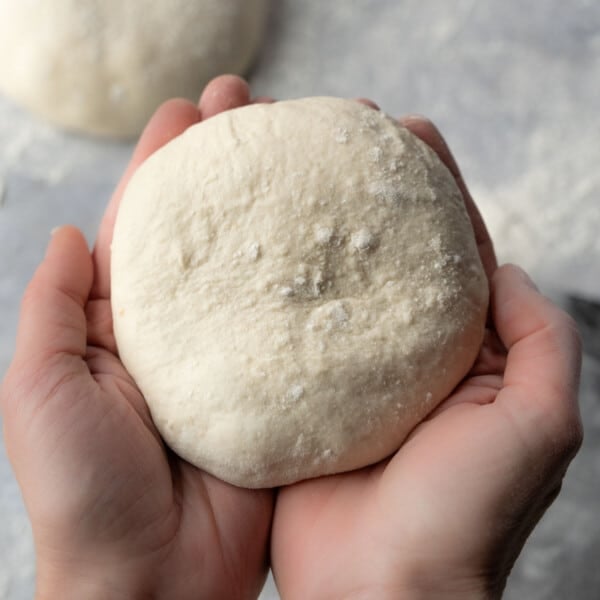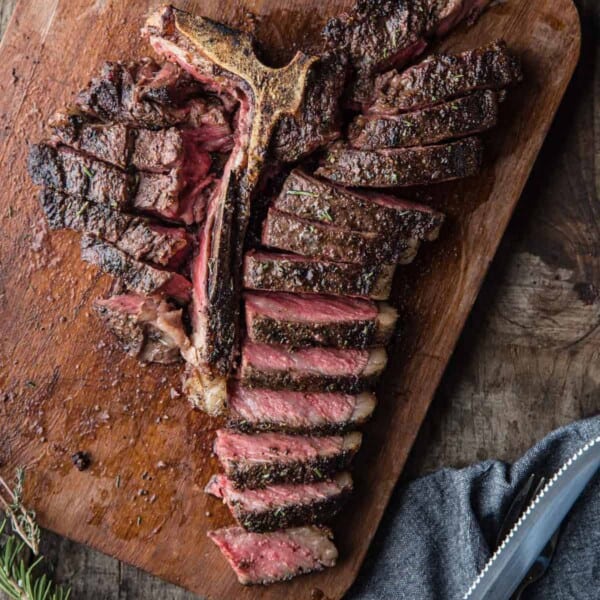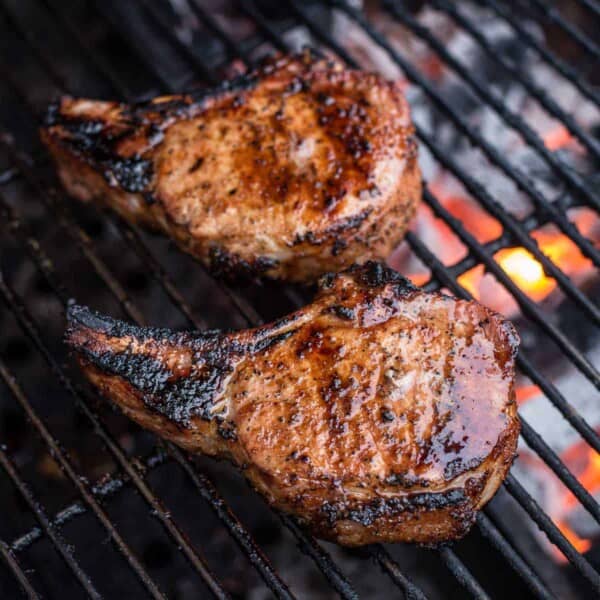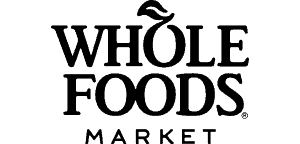Bordeaux Wine Series, Part II
Oct 29, 2010, Updated Feb 26, 2020
Two of the coolest wine experiences I’ve had involve 30th birthdays. The first was many years ago for the hubby’s 30th birthday (I won’t reveal the date as to not reveal hubby’s old age). Years prior to this day he had purchased a special bottle that he wanted to drink specifically on this monumental birthday. A bottle from his birth year. He bought the bottle on WineBid.com, a wine auction website, and at the time I didn’t really appreciate the ridiculous amount of money he had spent on just a single bottle of wine (forgive me I was very early into my wine obsession, er I mean appreciation, at that point). By the time we opened the bottle on that special day the wine had increased in value on the auction site by over $500 from what he originally paid!My thought, “sell it and we can buy TONS of birthday wines for you with the money!”. Luckily he refused, stood by his original idea, and we opened it as planned on his 30th birthday. The bottle was a 1975 Chateau Lafite-Rothschild (shoot, I just gave away hubbys age), a first growth from Bordeaux.
The second special day involving a 30th birthday involved my very own birth year wine. Earlier that year we vacationed in France and visited and toured (among many other amazing wineries and locations) Chateau Haut Brion, another first growth Bordeaux producer. It was an amazing experience. Flash forward five months to my own 30th birthday hubby surprised me with a bottle of 1978 Chateau Haut Brion so we could drink another 30 year old bottle. This time I was insane with excitement and would have never asked him to sell it, nor did I care what he had paid.
Both wines were incredible. All I remember about the Lafite we drank for hubby’s birthday was that it tasted like soil (that was my descriptor at the time), but still had so much flavor and depth and was incredibly unique. Flash forward three years to my birthday wine, I still remember to this day what the wine tasted like. It was still very much alive, vibrant, and full of fruit, earth, tobacco, and so much flavor. I was in heaven. It was like nothing I had experienced before. A truly unique and special memory. And yes, we still have both (empty) bottles on display at our house as a constant reminder of those experiences.
Both of these would be wines that collectors and Bordeaux fanatics refer to when talking about “Premier Cru” or “First Growth” wines of Bordeaux. The crème de la crème and also a minority when they compare to the total production of wines from the entire region of Bordeaux.
Which brings us to Part II in our Bordeaux wine series.
If you remember from part I we discussed the basic facts about the region, grapes, and wines. For this, part II, I want to discuss some of the most important appellations of the region, the famous Grand Crus Classé (Great Classified Growth) wines from the 1855 Classification system and what makes them so special, and finally to explain how to read a Bordeaux wine label so you know what you’re getting yourself into.
If you need a refresher please check out part I. Don’t worry, I’ll be here when you return.
Bordeaux, Part II: Appellations, great growths, and labels
As you remember from part I, Bordeaux is a large region that produces A LOT of wine, so appellations (sub regions) are very important in this region in terms of quality.
In addition, some of the very best wines of Bordeaux are considered wines of “terroir” deriving their characters from single plots of land. The majority of Bordeaux wines, however, are not wines of terroir, nor made by ultra-expensive means… they are mostly modest dinner wines… however when most people think about Bordeaux they are thinking about the cream of the crop. Finally, the most important soils in Bordeaux are rocky, gravel and stone. Unfortunately the entirety of Bordeaux is not gravel and stone. Many vineyards have clay soil and since water drains poorly from clay this is not ideal. But a good slope can even generally improve drainage of clay-based vineyard.
This is where knowing a little bit about the appellations of Bordeaux come in handy.
The top quality districts (appellations) in Bordeaux are:
MEDOC: (left bank)
- Largest and most famous region.
- Starts north of the city of Bordeaux, and stretches fifty miles north.
- Subdivided into: Haut Medoc (bottom, southern two-thirds) and Medoc (the top northern third)
- These two appellations may only be used for red wines.
- Haut Medoc produces all the top wines of this district and for these top wines the Cabernet Sauvignon grape predominates.
- It compromises sixteen communes and four are the top villages/subappellations (Paulliac, Margaux, St. Estephe, St. Julien). Farther inland are two less important: Listrac and Moulis, each of which has its own appellation.
- The wines of the Medoc vary in quality.
- The wines are made from predominantly Cabernet Sauvignon.
- Generally have high tannins (because of high amount of Cabernet Sauvignon).
GRAVES AC: (left bank)
- Just south of city of Bordeaux.
- Best known for its dry white wines.
- Also produces some very fine reds from Cabernet Sauvignon, Cabernet Franc, and Merlot.
- One of few regions in Bordeaux where most all chateaus make both white & red wines.
- The finest red wine is Chateau Haut Brion, from Graves subappellation Pessac-Léognan (classified as first growth in 1855 classification).
SAUTERNES/BARSAC AC: (left bank)
- Produces some of the world’s best sweet wines.
- Sauvignon Blanc, Semillon and Muscadelle are the varieties used (80% of the vines are Semillon).
- The best Sauternes are made from grapes that have been attacked by botrytis (noble rot), which is a minute fungal growth which causes the grapes to shrivel up, reducing water content, and increasing percentage of sugar, and imparting a honeyed bouquet to the finished wine. A truly unique experience to taste if you ever get the chance.
- In 1855 classification for top chateau in this region, the only one graded as premier cru (or first great growth) was Chateau d’Yquem.
The 2 most important areas to the east (right bank) of the river are:
ST. EMILION AC: (right bank)
- Located on the less well-known right side of the Gironde River.
- Almost the opposite of the left bank: smaller vineyards, chateaux much more modest, and often much of the work, both in the vineyard and cellar, is done by the proprietor and his/her family.
- The town itself is adorable and medieval, carved out of limestone. It is a small town, but has around 100 wine shops in the village and dozens of macaroon shops! I fell in love with the town when we visited.
- Merlot is the predominate grape, followed by Cabernet Franc.
- Merlot grape produces a softer wine, which will mature quicker than Cabs, so they are usually ready for drinking earlier than their counterparts in the Medoc.
- The best (or rather most famous) wines from St. Emilion are Château Cheval Blanc and Château Ausone.
- *Fun Fact: Cheval Blanc was the wine Miles was drinking at the end of the movie Sideways (which was primarily Cabernet Franc and, yes, Merlot!)
POMEROL AC: (right bank)
- Adjacent to St. Emilion, and produces similar red wines, with Merlot and Cabernet Franc most important. Cabernet Sauvignon is rarely used in Pomerol blends.
- The tiniest of all major Bordeaux wine regions.
- Three of the top chateau are Château Petrus, Château Le Pin, Vieux Chateau Certan. Petrus being one of the most expensive and sought after in the world.
There are many classification systems in Bordeaux so this can be a confusing topic. The classifications mean something different from one sub region to the next though they may sound similar (“Grand Cru Classe”). Two of the most important classifications, those for Medoc and Graves are based on estate/producer, NOT necessarily the land/vineyard (as, say in Burgundy). Which brings us to the most famous classification system…
1855 Classification:
In 1855 Napoleon III asked Bordeaux top chateau owners to rate their wines from best to worst for the Paris Exhibition, a fair. Nobody could agree, so the Bordeaux Chamber of Commerce was invested in the job. They categorized the wines in five categories, based on selling price (figuring those were the best!) and ranked wines from Medoc, and one from Graves, and then the Sauternes/Barsac region separately. This created controversy that has continued to this day, yet only one change has ever been made: Château Mouton Rothschild, in 1973, after a twenty year fight.
All in all they ranked 60 top chateau in the Medoc, and 1 in Graves and categorized them into four Premier Cru (First Growth), fifteen Deuxieme Cru (Second Growth), fourteen Troisiemes Cru (Third Growth), ten Quatriemes Cru (Fourth Growth), and eighteen Cinquieme Cru (Fifth Growth).
In Bordeaux the French word “Cru”, or growth, indicates the wine estate, vineyard, or chateau. Thus Premier Cru (First Growth) is a wine estate of the top (first) rank.
The original four wines categorized in the most famous classification, the First Growth wines are:
- Château Lafite-Rothschild, from the Pauillac appellation (hubby’s birthday wine)
- Château Margaux, from Margaux
- Château Latour, from Pauillac
- Château Haut-Brion, from the Pessac-Léognan appellation (my birthday wine)
- Château Mouton Rothschild (from the Pauillac appellation), originally categorized as a second growth, was changed to a first growth in 1973 after Baron Philippe de Rothschild petitioned the government for twenty years to upgrade Mouton.
The chateaus of Sauternes and Barsac were also a part of the 1855 classification, but categorized differently.
Wines from the other major regions were also classified, but none as famous as the 1855 Classification.
How to Read a Bordeaux Wine Label *
Reading Bordeaux wine labels (and French wines in general) can be confusing for the American wine drinker who is more custom to reading a wine label that identify the grapes the wines were made from (ex. Cabernet Sauvignon, or Merlot) as opposed by being labeled by region. Hopeflully this guide will help make some sense of Bordeaux labels.
(image sourced from snooth.com)
From left to right:
- The classification of the estate: You will see that this wine was included in the 1855 classification of the Medoc but does not indicate the wines specific level (it is a fifth growth).
- Appellation: You will see it is from the Pauillac appellation. You will not, however, see what grapes the wine is made from. Knowing that this region is all red wines, is from the left bank, it is a blend of up to five grapes, you can safely assume it is based on Cabernet Sauvignon with some Cab Franc and Merlot.
- Alcohol Content: This will give you an indicator of the type of year they had in Bordeaux. In general, classic Bordeaux wines average around 12.5% alcohol, but in hotter years they may exceed 13% indicating a riper, richer, or more modern style of wine.
- Vintage: The vintage date will help you get an idea of the quality and style of a specific wine, particularly when those wines come from a region with a variable climate like Bordeaux. It will allude to the wines style, ripeness, alcohol level, and longevity as well as estimating when to drink it.
- Traditional Winery Imagery: Many Bordeaux labels still feature the illustration of the chateau building. It is traditional and classic. Many new wines lately, however, have approached a more modern take and may not show the traditional illustration.
- Volume: Standard wine bottles come in 750 ml bottles.
- Chateau Bottling: Meaning the wine was bottled at the actual chateau, as opposed to a large merchant or co-op.
- The Name of the Chateau (Estate, or Producer)
*Some Bordeaux wines may not include all of this information. For example, if they are not in the 1855 classification (which most Bordeaux wines are not), they will not include classification information. Also, if they are not from a specific appellation it may just state “Bordeaux” meaning the wine comes from a variety of vineyards outside of any specific area and not have a specific AC (or appellation) stated.
We good?
I could go on and on about Bordeaux, but alas, part II must come to an end. If you made it this far, congratulations! Please feel free to comment or email me with any questions you may have regarding Bordeaux wines at this point. There’s a lot to learn about Bordeaux so don’t be intimidated. Hopefully this is giving you a good base to start.
In our final installment we’ll discuss how to select a Bordeaux wine at a wine shop or restaurant, vintage and when it matters, and of course the food of Bordeaux.
Related Reading:
